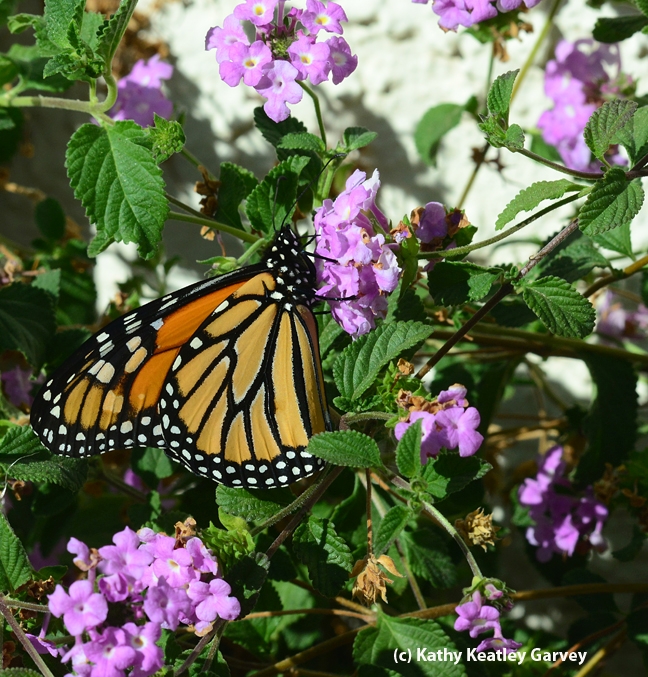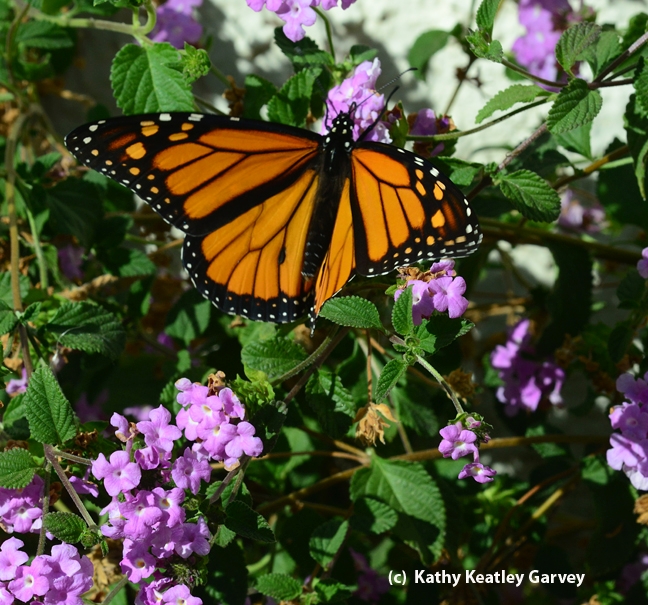If you think people don't care about monarch butterflies, think again.
A recent survey published in Conservation Letters showed that Americans are willing to spend at least $4.78 billion to help conserve monarchs (Danaus plexippus), one of the most recognizable of all insects. Indeed, what is more spectacular than the multigenerational migration of monarchs heading from their breeding grounds in northern United States and southern Canada to their wintering grounds in central Mexico and coastal California?
The study of 2,289 U.S. households, led by Jay Diffendorfer of the U.S. Geological Survey, Geosciences and Environmental Change Science Center, Denver, found that we Americans love monarchs so much that we're more than willing to plant milkweed, their larval host plant, to save them.
Yes!
The article, published Oct. 28 and titled National Valuation of Monarch Butterflies Indicates an Untapped Potential for Incentive-Based Conservation, calls attention to the destruction of the monarch's habitat and the importance of conservation.
"Since 1999, the size of the overwintering colonies in Mexico and California have declined, and the 2012 survey in Mexico showed the lowest colony size yet recorded, which prompted wide-scale media reports," the authors wrote. "Habitat loss in the overwintering sites in Mexico and California is well-documented, although no direct empirical link between declining overwintering habitat and monarch numbers exists. In addition, the growing use of glyphosate-tolerant genetically modified crops has reduced larval host plant (milkweed, Asclepias spp) abundances in farm fields across United States and Canada. Increasing acreage of glyphosate-tolerant corn and soybeans are negatively correlated to monarch numbers, with the area of milkweed in farm fields in the United States declining from an estimated 213,000 to 40,300 ha."
Biologist Hugh Dingle, emeritus professor of entomology at UC Davis, is among those studying their migration. (Read his quotes in the National Geographic cover story, "Mysteries of Great Migrations," published in November 2010. Dingle is now working on a much-anticipated book on migration from his headquarters in the Sharon Lawler lab, UC Davis Department of Entomology and Nematology.
Butterfly expert Art Shapiro, distinguished professor of evolution and ecology at UC Davis, monitors butterflies in Central California. Here's what he has to say about monarchs on his website, Art's Butterfly World.
Meanwhile, a day before Conservation Letters published the survey, a lone monarch butterfly fluttered into our backyard to sip nectar from lantana. It lingered for 10 minutes.
What a treat to see!
Attached Images:

